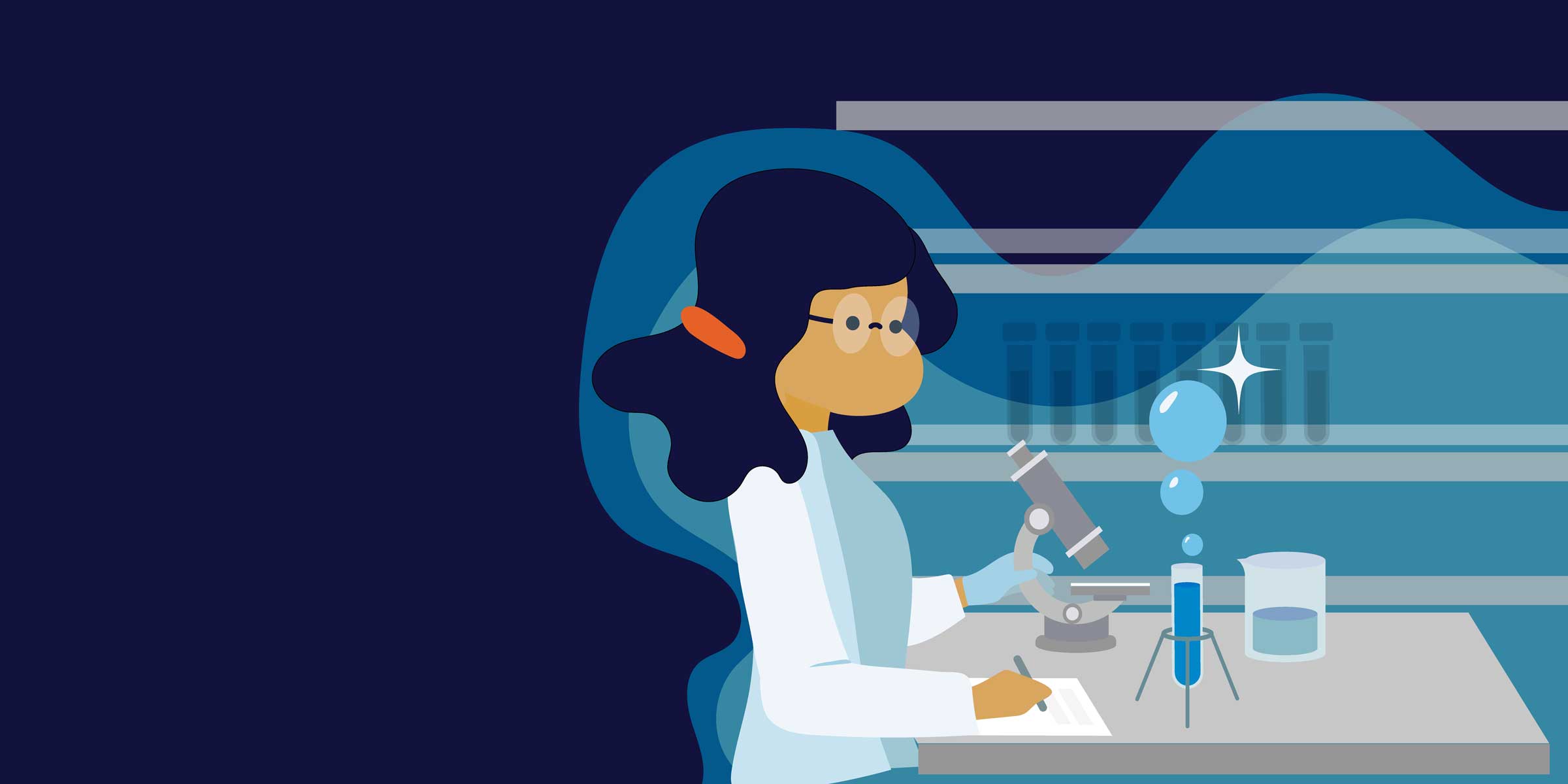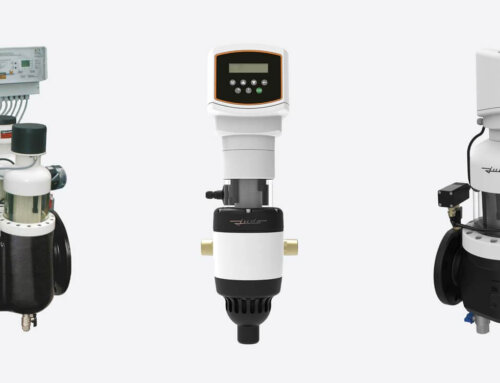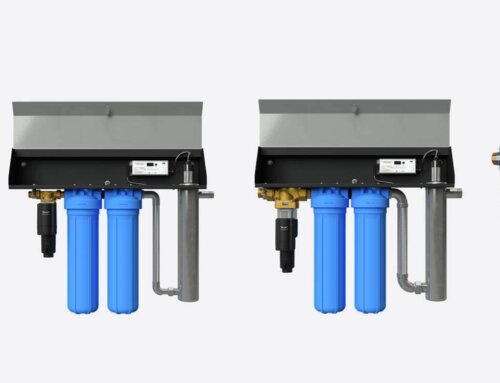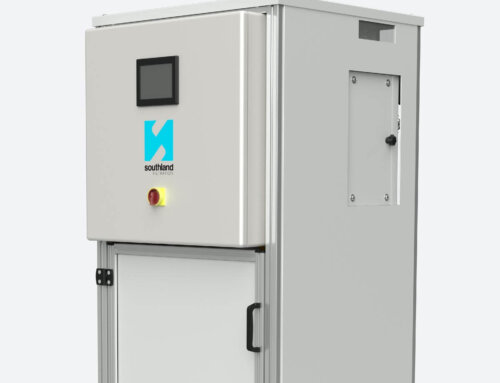[07/02/2024] In honour of the International Day of Women and Girls in Science 2024, we sat down with Dr Surani McCaw, a chemical engineer and Technical Director at Southland Filtration. With a stellar career in her field, she graciously shared insights into her journey, accomplishments, and the unique role of women in shaping the future of water filtration technologies.
Join us in celebrating the contributions of female engineers in this Q&A session.
What’s a career achievement in water filtration you’re especially proud of, and how did it advance the technology?
It was 2009 when I collaborated with Lendlease on a groundbreaking project: the Gold Coast University Hospital (GCUH) Reverse Osmosis (RO) plant. This wasn’t just any RO plant; it was the first in the country designed and installed to meet stringent microbial compliance in Central Sterile Services Departments (CSSDs).
Back then, the standard didn’t even include microbial parameters. So, I worked closely with Queensland Health’s Infection Control division to navigate this uncharted territory, drawing inspiration from UK guidelines developed after the Creutzfeldt-Jakob (Mad Cow Disease) outbreak. The project demanded ingenuity. We crafted a robust, simple, and cost-effective solution featuring an orbital welded stainless steel ringmain and automatic thermal disinfection. This “first-of-its-kind” design challenged me to balance pharmaceutical-grade precision with practicality in a healthcare setting.
Fast forward to today – over 12 years later – the GCUH RO plant remains a beacon of success. It not only consistently delivers AS5369:2023 compliant water but has also set new benchmarks for similar projects across Australia and beyond. My experience with this pioneering project continues to shape my work, with every RO plant I design incorporating its core principles, further refined.
The GCUH project is more than just bricks and mortar; it’s a testament to the power of collaboration and innovation. It’s a story of pushing boundaries to safeguard patient well-being, a story I’m proud to be a part of.
In engineering, a male-dominated field, what challenges have you faced, and how did you overcome them to succeed?
Breaking into the engineering world as a woman, I quickly encountered the challenge of earning respect. My expertise, at times, went unheard, leading to frustrating situations where well-meaning advice was brushed aside. The sting of “I told you so” echoing in my head became all too familiar.
Instead of yielding to discouragement, I chose to turn the tide through knowledge and connection. I doubled down on education, constantly honing my skills and staying ahead of the curve. This not only bolstered my confidence but also equipped me to deliver solutions with unwavering conviction.
Equally important was forging strong, trust-based relationships with my clients. I found that collaboration, not condescension, was the key to success. By listening actively, understanding their needs, and working transparently, I earned their respect and transformed initial scepticism into valuable partnerships.
Navigating the engineering landscape as a woman hasn’t always been easy, but through self-improvement, collaboration, and a forward-thinking approach, I’ve found my voice and paved my own path to success.
How do you see women shaping the future of water filtration technologies, and what unique perspectives do they bring to engineering?
The future of water filtration demands diverse voices and fresh perspectives. As women engineers, we bring a unique lens to this critical field.
Firstly, women in engineering are often at the forefront of innovation. We bring fresh ideas and a willingness to challenge the status quo, which is crucial for developing new and effective filtration technologies. This innovative spirit, combined with our other strengths, makes women essential in shaping the future of clean water.
Secondly, women often excel in collaboration and communication. We are skilled at building bridges between different disciplines and stakeholders, fostering partnerships that are essential for tackling complex challenges like water scarcity. This allows us to create solutions that are not just technically sound but also address the specific needs and realities of the communities they serve.
Thirdly, our experiences often lead us to prioritise holistic problem-solving. We consider not just the technical efficiency of filtration but also its social and environmental impact. This translates into water systems that are not only clean but also accessible, affordable, and minimise their footprint on the planet.
Finally, women in engineering are often driven by a strong sense of responsibility. We understand the human cost of unclean water and are passionate about finding solutions that improve lives, particularly for those most vulnerable to water insecurity. This translates into a dedication to developing effective and sustainable technologies that reach even the most marginalised communities.
If we can encourage all individuals to embrace these qualities and work together, it will ensure a future where everyone has access to safe, clean water.
As a water filtration engineer, can you share an example of successful interdisciplinary collaboration and its impact on a project?
Absolutely! Collaboration across disciplines is the very lifeblood of successful water filtration projects. One experience that truly stands out for me is working on the Gold Coast Private Hospital project in 2015.
The project team encountered some design challenges. Together, the hydraulic consultant, the builder, the plumber, and I, brainstormed and meticulously planned the installation of a robust, state-of-the-art Reverse Osmosis (RO) plant for CSSD. Our goal was to not only meet the stringent requirements of AS/NZS 4187:2014 but also to deliver a system that Is efficient, reliable, and within budget.
We overcame challenges with open communication and mutual respect. Each team member brought their expertise and perspective to the table, and we actively listened and learned from each other. We challenged assumptions, explored alternative solutions, and ultimately landed on a design that exceeded everyone’s expectations.
Before the official opening of the hospital, Colin Biggs, the Services Manager for Watpac, granted me a rare early tour of the entire hospital. This immersive experience allowed me to truly understand the challenges and the importance of collaboration to achieve our common goal.
Although the RO plant was only a fraction of the works for Watpac, it was a triumph of interdisciplinary collaboration. It not only provided the hospital with the high-quality, purified water it needed but also served as a testament to the power of teamwork.
This experience solidified my belief that when diverse minds and skillsets come together, even the most complex challenges can be overcome.




